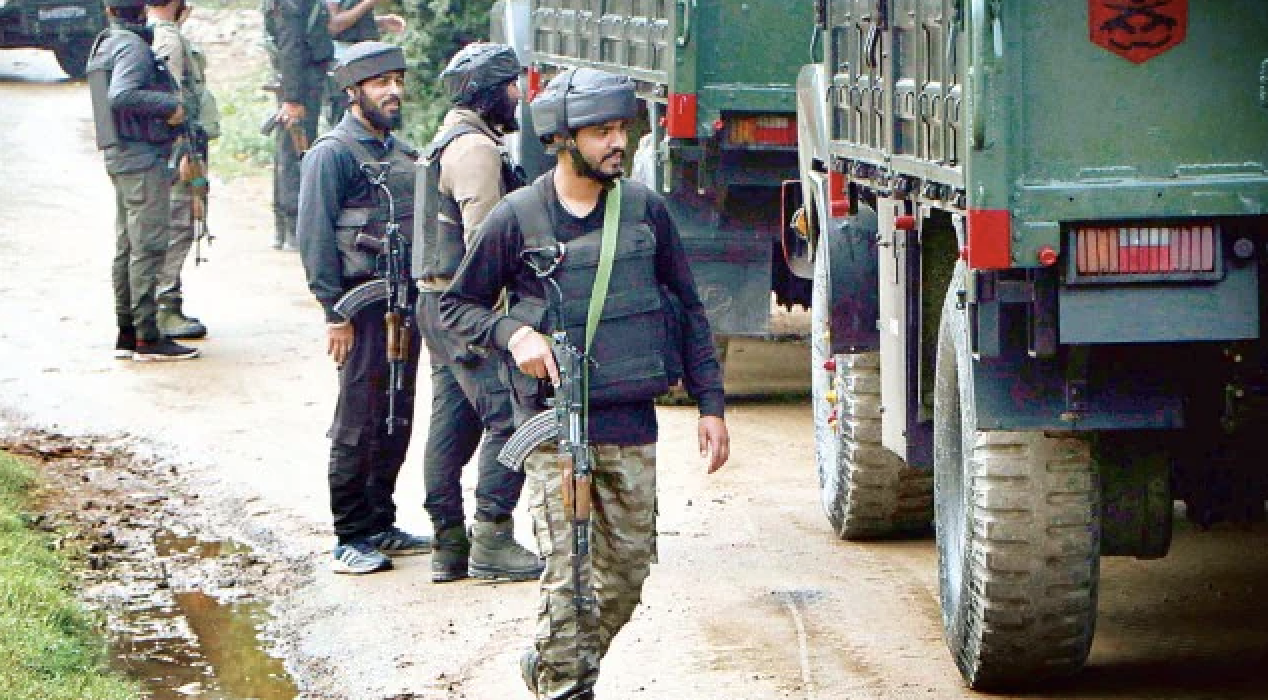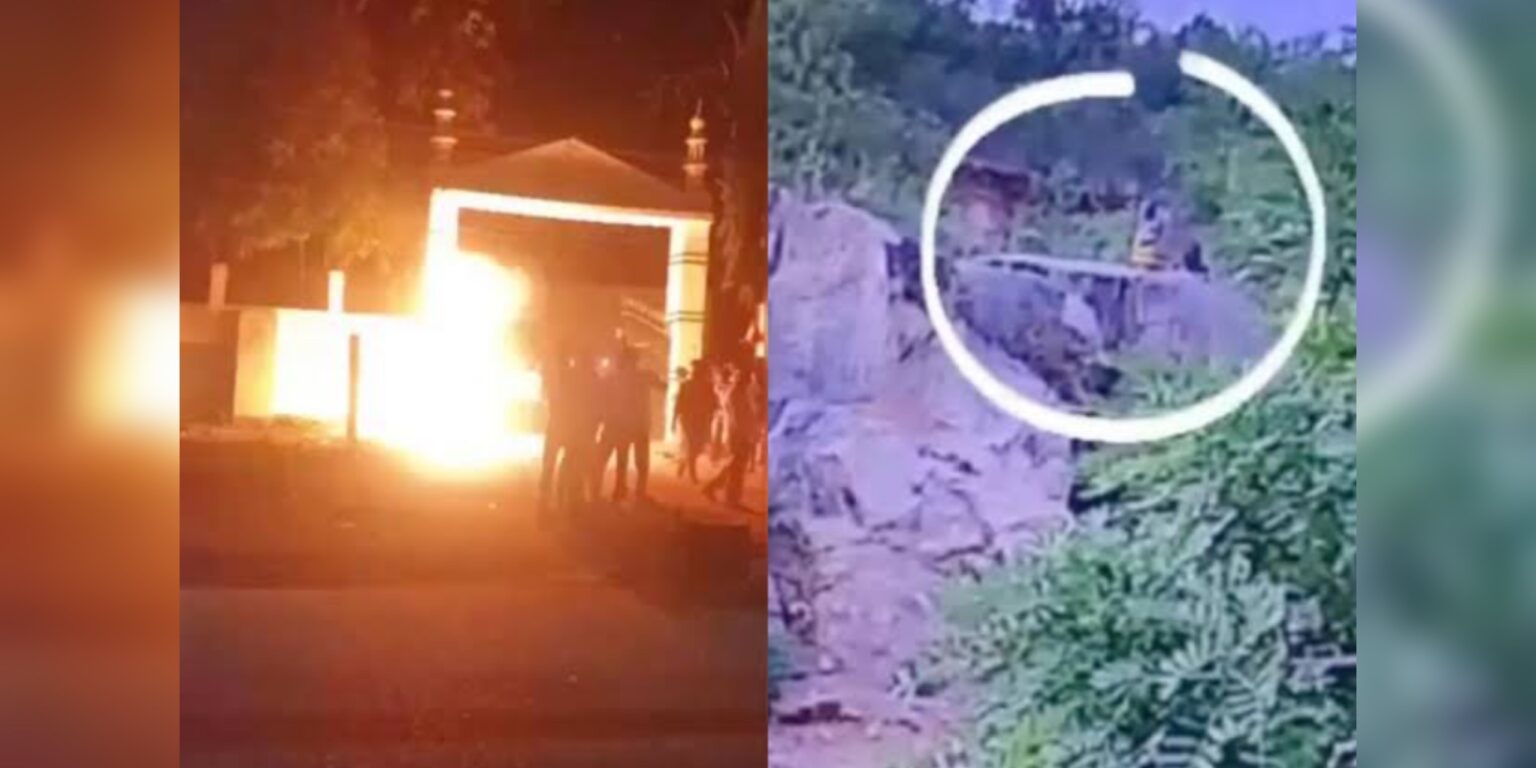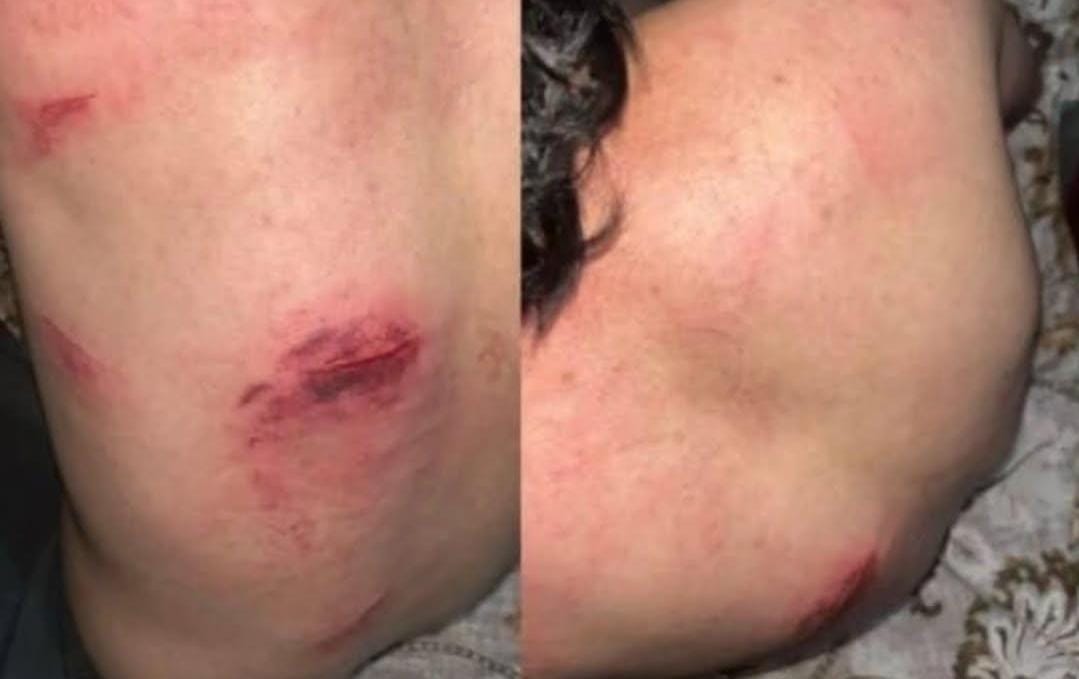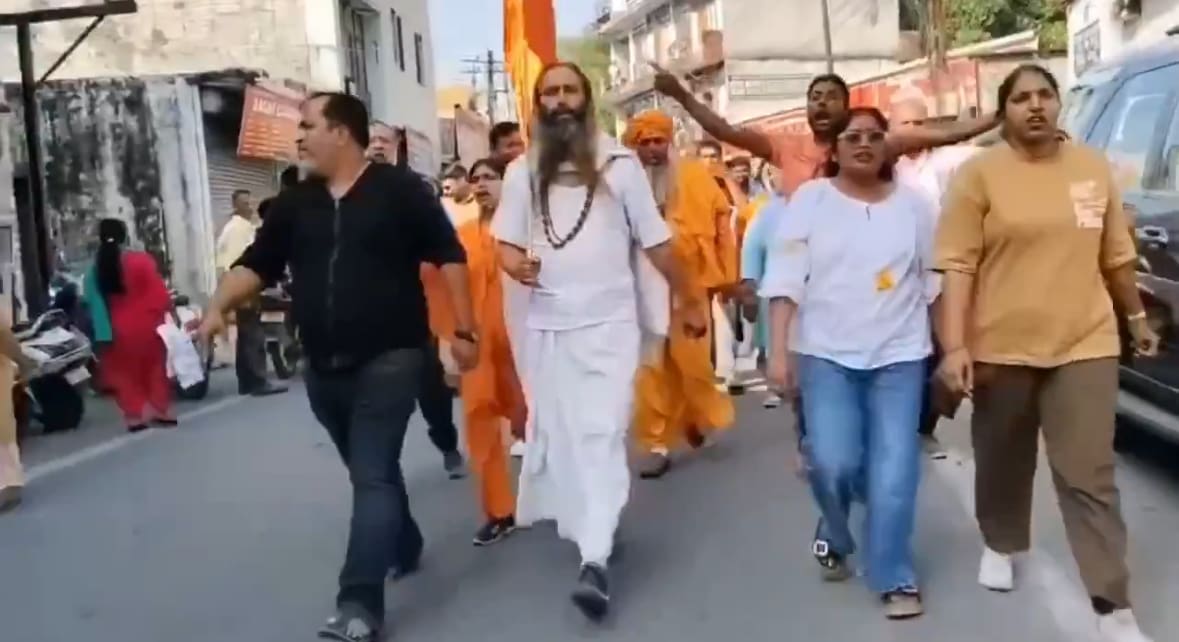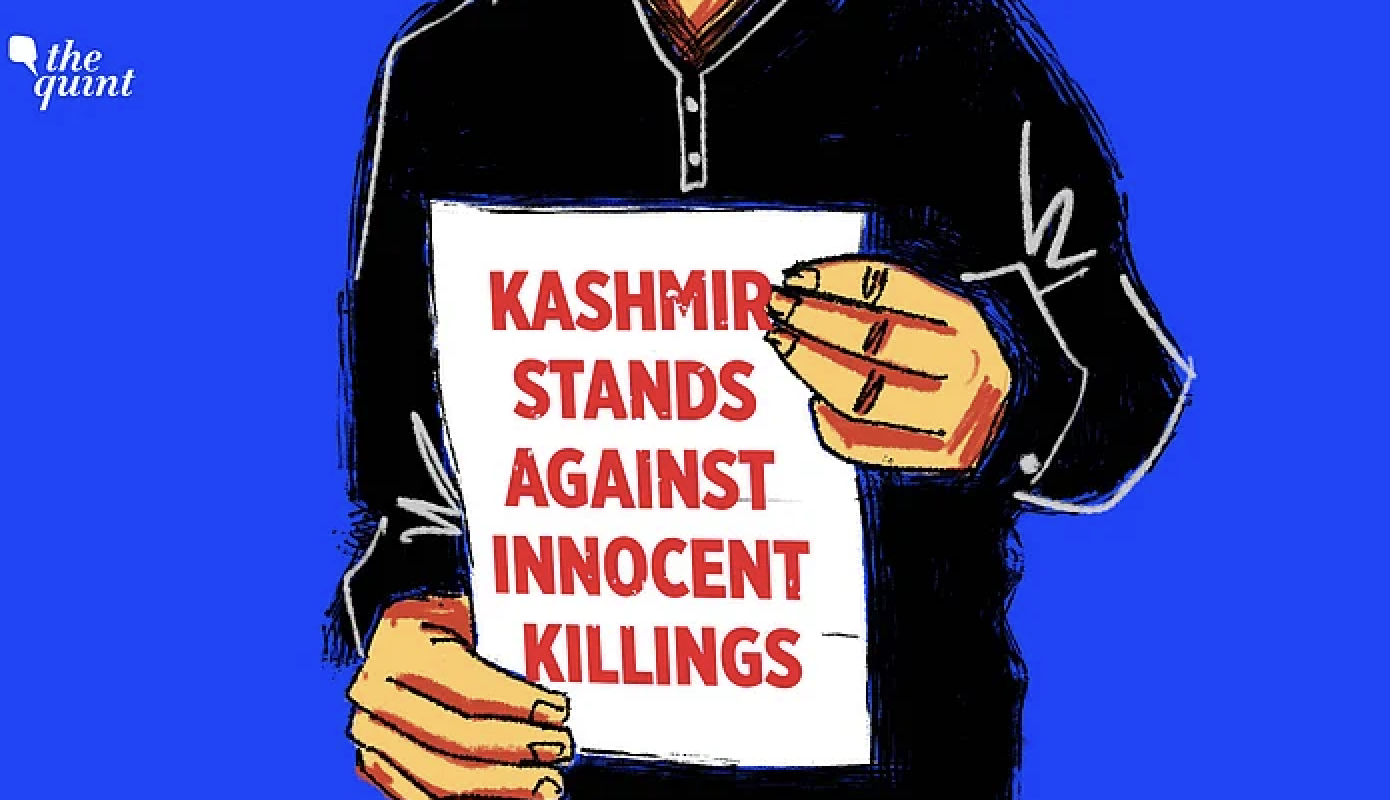
The rath yatra led by Bharatiya Janata Party (BJP) leader LK Advani in 1990, and then another big rally organised by the BJP and its right-wing affiliates in 1992 in Ayodhya, led to the demolition of the Babri Masjid on 6 December 1992.
In 1984, the Vishwa Hindu Parishad (VHP), with the backing of the BJP, began a campaign demanding a temple at the site of the Babri Masjid, a 16th century mosque, which they claimed was the birth place of Lord Ram. VHP’s demand found further backing when a Faizabad district judge in 1986 said the gates of the mosque should be opened and Hindus should be allowed to pray inside. With the nod of prime minister Rajiv Gandhi and his government, the gates of the mosque were reopened.
On the day the mosque was finally demolished by more than 15,000 party workers of the BJP, VHP and the RSS and other affiliates, several big politicians were at the spot including Advani and other senior BJP leaders Murli Manohar Joshi and Uma Bharti.
This is, of course, not a complete list—that would include the litigants and kar sevaks who played a key role in the demolition of the mosque and the multiple legal cases before and after.
Here are some of the important people involved:
1. LK Advani
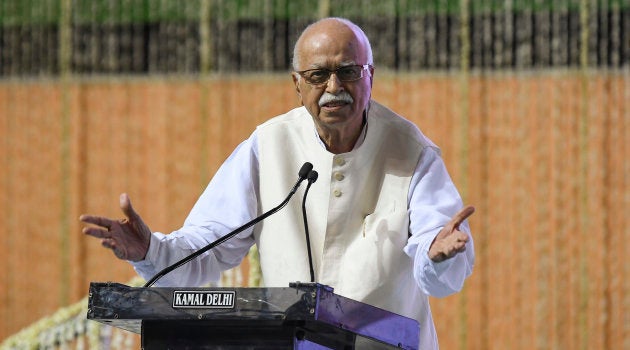
Advani was the BJP party president when he embarked on the rath yatra in 1990. The journey—which began in Somnath, Gujarat and was supposed to end in Ayodhya—helped whip up communal passions and strengthened the demand for a Ram Temple among even moderate Hindus. Advani was arrested in Bihar’s Samastipur during the yatra on the orders of then chief minister Lalu Prasad Yadav. Advani is also accused of having made inflammatory remarks during the rally on 6 December and encouraging kar sevaks to go on rampage. Santosh Dubey, a kar sevak who was named in the chargesheet of the CBI, told The Wire, “I reached there along with kar sevaks Pravin Sharma and Vijay Tiwari. We were introduced to Advani who addressed us in a challenging tone: ‘The Babri mosque is the greatest hurdle in the way of the construction of Ram temple. I need about 300 youths who are ready to sacrifice their lives for Ram and I don’t want this Babri structure to remain after December 6. You will get whatever you want to raze the mosque; we have our government in the state’.”
2. Murli Manohar Joshi
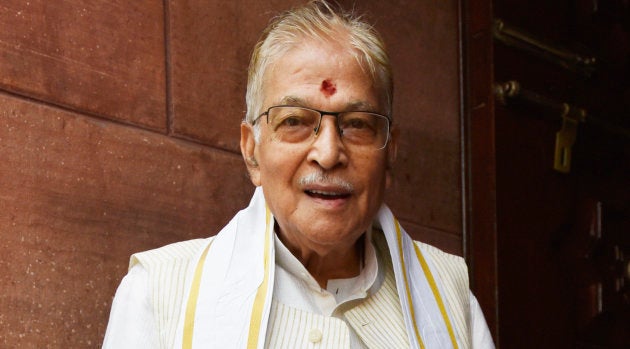
Like his predecessor Advani, Joshi, who took over as the BJP president in 1991, played a big role in the agitation to reclaim what was termed the “birthplace of Ram”. Joshi is alleged to have been on the stage with other Sangh Parivar leaders on 6 December. He was charged with criminal conspiracy in the case. The Indian Express quoted the chargesheet in the Babri demolition case as saying, “According to the investigation, Murli Manohar Joshi had said at Mathura on December 1, 1992, on his way to Ayodhya that no force can stop construction of Ram temple and he was encouraging the kar sevaks from the manch on December 6, 1992, for the demolition of the disputed structure and was shouting provocative slogans.”
3. Kalyan Singh
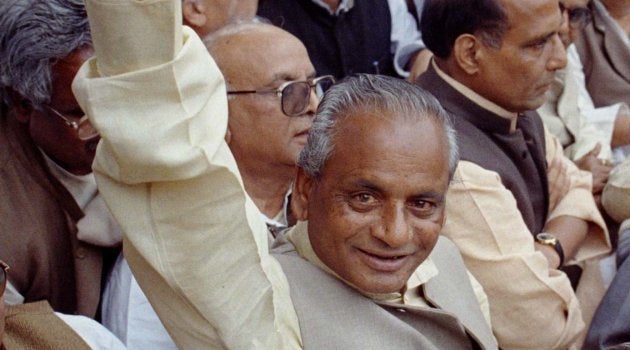
Kalyan Singh was the chief minister of Uttar Pradesh when the masjid was demolished. He, however resigned, from the post on the evening of 6 December after having failed to control the situation. Singh had signed an affidavit before the Supreme Court before the rally on 6 December saying he will ensure that the mosque won’t be harmed. It was reportedly based on this affidavit that the court had allowed the “kar seva” rally on that day. In 2003, Singh told the BBC that he was duped by top RSS and BJP leaders into giving a potentially false affidavit to the Supreme Court.
4. Uma Bharti
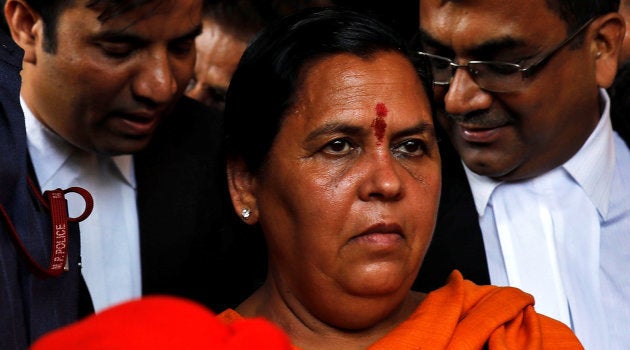
Bharti was also one of the BJP leaders present in Ayodhya on the day of the demolition and is alleged to have made communal speeches and incited violence. Bharti was also charged with criminal conspiracy in the Babri Masjid demolition case. According to a report in The Indian Express, Bharti was accused in the chargesheet of raising slogans like “Ek dhakka aur do, Babri Masjid tod do” and “Masjid girao, mandir banao Babar ki aulad ko Pakistan bhagao“. In 2017, Bharti had said that she did not regret what happened in Ayodhya on 6 December. She also told news channel AajTak, “I am happy to be an accused in the Ayodhya movement case. Being an accused in Ayodhya movement is not a taint. I consider this as a chandan tilak on forehead.”
5. Ashok Singhal
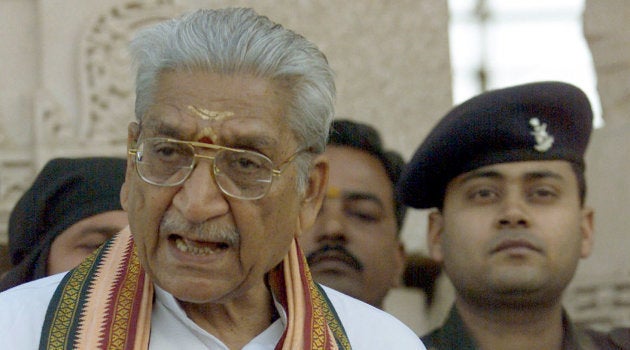
Singhal was the president of the VHP and was one of the people behind the campaign in 1984 that demanded a Ram mandir in Ayodhya. He is considered as one of the architects of the movement that led to the demolition of the Babri masjid and is also one of the accused in the Babri demolition case. Singhal was a proponent of turning India into a ‘Hindu Rashtra‘. He died at the age of 89 in 2015.
6. Lalu Prasad Yadav
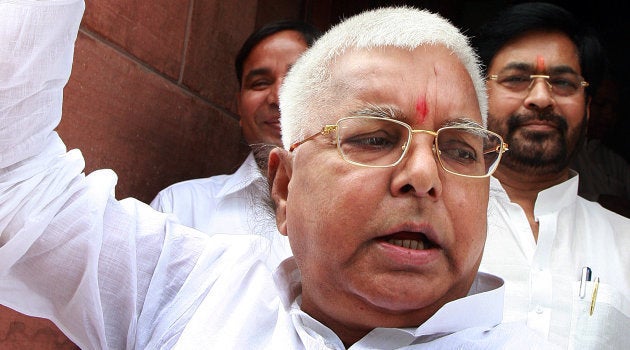
RJD leader Yadav was the chief minister of Bihar in 1990 and went down in history for his decisive stand against Advani’s rath yatra. He ordered Advani’s arrest from Bihar’s Samastipur on 23 October. In a blog post in 2017 on NDTV, Yadav recounted, “We lost the government at the centre but I’m still proud of the fact that we did what was the need of the hour. LK Advani had to be arrested to halt communal polarisation at that time.”
7. PV Narasimha Rao
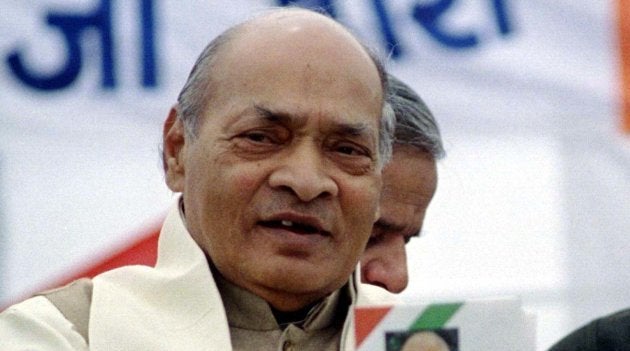
Rao was the prime minister of India when the Babri Masjid fell. While some have blamed him of inaction, The Liberhan Commission that probed the incident exonerated him. The Indian Expressin a report quoted the commission as saying, “In 1992, the central government had been blinded and handicapped — by the inaction of its own agent in the state and by the unfathomable trust the Supreme Court placed in the paper declarations of the Sangh Parivar.” Rao’s government had mulled imposing President’s Rule in Uttar Pradesh, but didn’t do so since the state government had assured the Supreme Court that no harm would be done to the mosque. While many right-wing activists have claimed that Rao was also involved in the plot to demolish the mosque, his biographer recently toldHuffPost India that there was “zero” evidence of this. Rao died in 2004 aged 83.
8. Vijaya Raje Scindia
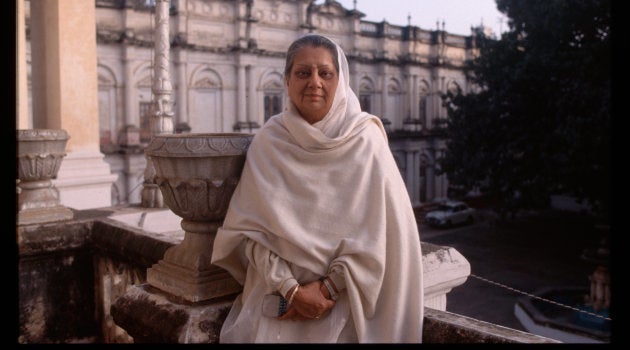
The Rajmata of Gwalior and a BJP leader, Scindia was one of the well-known leaders present on the dias at the rally in Ayodhya on 6 December. She also played a major role in the campaign for a Ram mandir in the late 1980s. She had entered electoral politics in 1957 on a Congress ticket and later joined the BJP. She died in 2001 at the age of 81.
9. Bal Thackeray
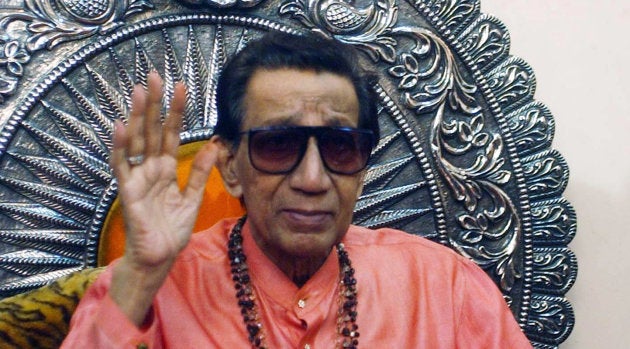
The Shiv Sena chief was never present at the site of the demolition, but is thought to have been part of the conspiracy to bring down Babri. Thackeray had claimed that his organisation had played a key role in the bringing down of the mosque. The Shiv Sena founder was known for his communal politics and had even praised the demolition of the mosque. A Cobrapost report had said that Shiv Sainiks were indeed trained to demolish the mosque, but not along with the VHP. “The conspiracy was hatched at the level of two Hindu outfits – the Vishwa Hindu Parishad (VHP) and the Shiv Sena – but not jointly. Both these outfits had trained their cadres as part of an action plan, many months before it was implemented on Dec 6,” the report said. Thackeray died in 2012 aged 86.
10. Hashim Ansari

Ansari was one of the oldest litigants in the Ramjanmabhoomi-Babri title suit. He was the only one of the six plaintiffs of the Babri Masjid case fighting for the mosque title on behalf of the Sunni Waqf Board since 1961. He claimed to have witnessed the placing of the idol of Ram Lalla inside the mosque in 1949. He died in 2016 aged 96. He witnessed the unlocking of the mosque in 1986 on the directive of the Rajiv Gandhi government and the destruction of the mosque by kar sevaks on 6 December. Months before his death, Ansari had told Huffpost India in an interview that he was tired of the fight between the Hindus and the Muslims. “I’m tired of giving testimonies and interviews. But what should I do? Drop it? I can’t,” he had said. Read his interview here.
11. Mahant Bhaskar Das
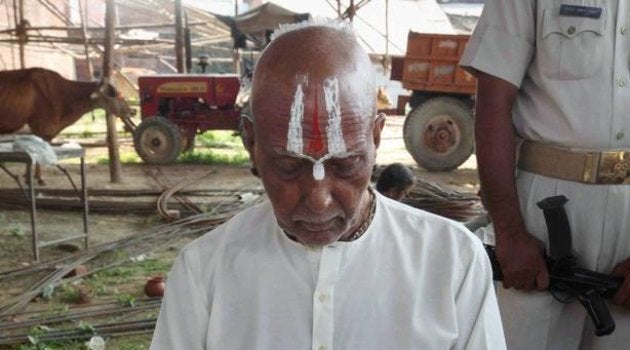
Das was the sarpanch of the Nirmohi Akhara, one of the main claimants of the title suit in the Ayodhhya case. Das represented the sect for several years. The case of Ram Janmbhoomi was filed in 1959 by then mahant Raghunath Das. Das was in charge of the rituals at the Ram Chabutra on the premises at that time and decided to join the case and file a claim. Das had also filed a plea in the Supreme Court for complete ownership of the Ram Janmabhoomi. He died in 2017, aged 95.
12. Iqbal Ansari

Iqbal Ansari is Hashim’s son and became a litigant in the title case after his father’s death. He recently said he received a letter threatening him with dire consequences if he did not pull out of the suit. The letter addressed to him said he would be thrown out of India. In the past Ansari has said that while he is not against Lord Ram, he believed that Babri Masjid belonged to the Muslims.
13. Santosh Dubey
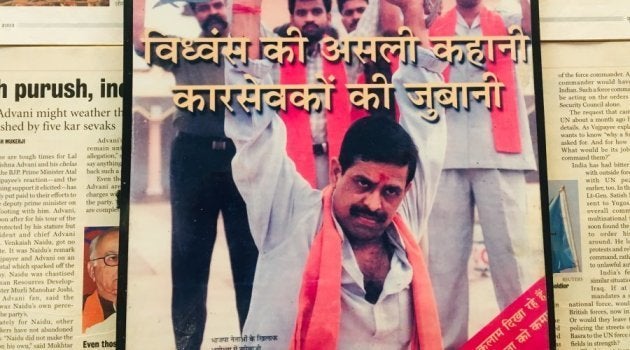
Dubey is one of the prime accused in the Babri Masjid demolition case and the Shiv Sena chief in Uttar Pradesh. He was one of the kar sevaks who climbed up on top of the mosque with a pickaxe to demolish it. Dubey told HuffPost India in an interview that he was disillusioned with the BJP’s inaction on the issue. “We spilt our blood, ate bullets, went to jail, our families suffered, but the BJP has only lied, lied and lied about building the Ram Temple for 30 years,” he said.
14. Mohammed Aamir
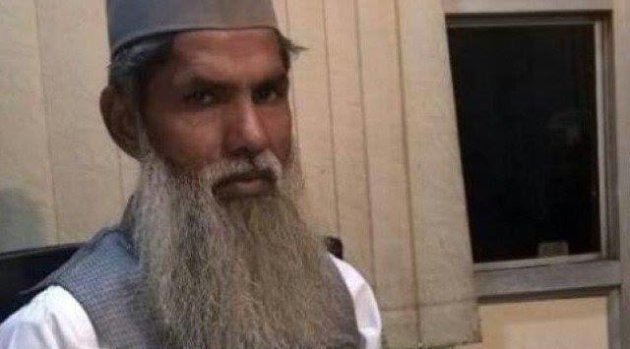
Aamir, earlier known as Balbir Singh before he converted to Islam, was a kar sevak born in Panipat who was one of the thousands who brought down the mosque. In his youth, he is said to have joined Shiv Sena inspired by Bal Thackeray. He would also attend RSS shakhas in Panipat. He converted to Islam in 1993, months after the Babri demolition. He told India Today earlier this year, “I realised that I had taken law in my hands and violated the constitution of India. Guilty, I embraced Islam.”


